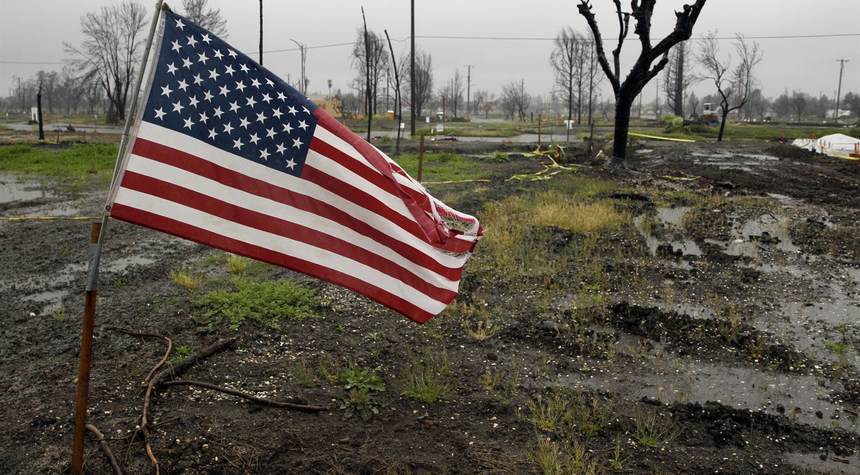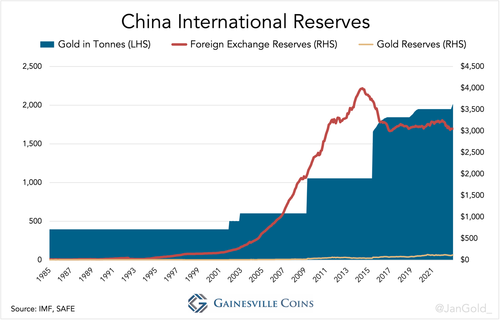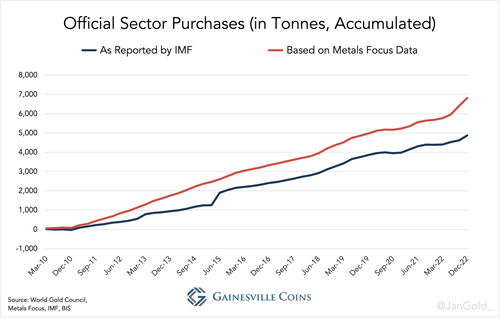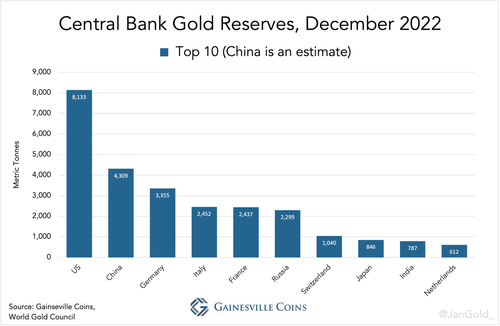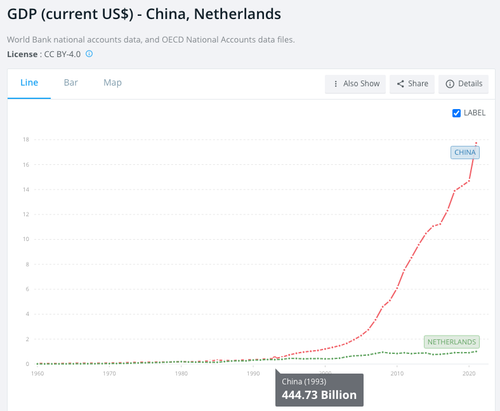Barely a day had gone by from Ukraine’s successful request for German Leopard-2 tanks when the government in Kyiv called on Nato countries to yet again prove their solidarity by supplying it with US-made F-16 fighter jets. While military experts doubt these vehicles will significantly alter the situation on the battlefield, Kyiv touts them as important symbols of Western political resolve.
“War is a continuation of policy with other means,” wrote Clausewitz in 1832. A year into the Russo-Ukrainian War, what is that policy where Ukraine is concerned? Or America, Germany, and other Nato allies? Are Ukraine’s repeated calls for more support and the West’s accommodating response a case of leveraging “strategic publicity”, performative diplomacy, alliance solidarity, or something else entirely? After all, as much as the Ukrainians are fighting Russian forces and suffering massive casualties to protect the territorial integrity of the Ukrainian state, today Nato is openly engaged in a proxy war that risks spiralling into a catastrophic conflict between the West and Russia.
Although foreign policy realism can help sketch, even predict, the general contours of the war and explain policy in Moscow and Kyiv, this mainstream realist position, as represented by the likes of John Mearsheimer, provides an incomplete account of the behaviour of most Western allies, especially the United States. To understand Western decision-making and the peculiar inter-alliance dynamics of Nato, we need a more radical realism that takes seriously the non-physical, psychological, and “ontological dimensions” of security — encompassing a state or an organisation’s need for overcoming uncertainty by establishing orderly narratives and identities about its sense of “self”.
Still, “structural” realist accounts — centred on systemic anarchy, physical security, the balance of power, and political dimensions of strategy — can help explain aspects of Ukraine’s strategic decision-making. In a recent study for the Institute for Peace & Diplomacy, which I co-authored, we investigated the structural reasons that drive Ukraine’s strategic calculus. We suggested that, as a “regional balancer”, Ukraine took a massive risk in defying the Russian redlines about Kyiv explicitly rejecting Nato overtures and stopping any military integration with the West. This was a maximalist gambit that presupposed Western military support and risked actively provoking Moscow to its own strategic disadvantage.
In choosing the riskier, zero-sum strategy aimed at thwarting the historical and geopolitical sphere of influence of a neighbouring regional and civilisational power, Ukraine was perhaps imprudent — but by no means irrational. As we wrote:
“Practically all of America’s security alliances today are asymmetrical arrangements between the United States and regional balancers — a class of smaller, more peripheral regional states seeking to balance against the dominant middle powers in their respective regions. As a great power, America possesses an inherent capacity to encroach on other regional security complexes (RSCs). In this context, it is reasonable for regional balancers to attempt to coax and exploit American power in the service of their particular regional security interests.”
Setting such a lofty objective, however, effectively meant that Kyiv could never succeed without active Nato intervention shifting the balance of power in its favour. By virtue of its decision, Ukraine, along with its closest partners in Poland and the Baltic nations, became the classic “trojan ally” — smaller countries whose desire for regional clout against the extant middle power (Russia) is predicated on their ability to persuade an external great power and its global military network (here, the US and, by extension, Nato) to step in militarily on their behalf. As we noted in our study, “this comes at great risk to the regional balancer and at great cost to the external great power”. For ultimately, the arrangement depends on “the threat of the use of force and military intervention” by that external great power, without which the regional balancer would fail.
Ukraine’s strategic ambition is to overcome Russia once and for all and break away from Moscow’s historical control. Putting aside the specious and facile Russian justifications for the invasion that seek to lampoon Nato’s military intervention in Yugoslavia, it is crushing this larger Ukrainian ambition that motivates the Kremlin. This explains Moscow’s 2014 annexation of Crimea, its aspirations for the Minsk agreements, and this final resort to military action.
Once the Russian invasion began, Kyiv’s goal of thwarting Moscow andkeeping intact its territories became impossible without Western military intervention. Ukraine’s future as a sovereign state would now hinge on its ability to successfully engineer an escalation. From Ukraine’s perspective, therefore, the desire for supplies of ever more sophisticated weaponry from the more powerful Western nations is not primarily motivated by their immediate practical and tactical impact — after all, the delivery of and training for these systems will still be months away. No, Ukrainian demands largely stem from what the introduction of these weapons would represent politically, as well as their long-term geostrategic consequences for the next phase of the war.
For it is in Kyiv’s interests to steer Nato into becoming more closely entangled in the war. Ukraine has resorted to a combination of tactics — including information warfare and exploiting historic Western guilt — to instigate an informational and reputational cascade among Nato members that would assure accedence to Ukrainian demands. Given its clear long-term weaknesses in quality manpower, artillery, and ammunition, the Zelenskyy government has shrewdly fought a hybrid war from the start, knowing that Ukraine cannot defeat Russia without Nato fighting on its side. The question now is whether the West should allow itself to be entrapped into that war and jeopardise the fate of the entire world in doing so.
In the materialist framing of security offered by most realists, there is little upside for America and western Europe, and certainly no genuine national or strategic interest, in getting dragged into what is essentially a regional war in Eastern Europe involving two different nationalistic states. From an ontological standpoint, however, an Anglo-American foreign policy establishment that strongly “identifies” itself with US unipolarity has been heavily invested in maintaining the status quo, and preventing the formation of a new collective security architecture in Europe, which would be centred on Russia and Germany rather than the United States. As geopolitical analyst George Friedman observed in 2015: “For the United States, the primordial fear is… [the coupling of] German technology and German capital, [with] Russian natural resources [and] Russian manpower.”
Perhaps following a similar logic, the US establishment has worked to destroy any possibility of a Berlin-Moscow axis forming by aligning itself with the Intermarium bloc of countries from the Baltic to the Black Sea, repeatedly opposing (and openly threatening) Nord Stream gas pipelines, and deliberately rebuffing Russian insistence on a neutral Ukraine. In relation to Ukraine, the initial objective for an ideological Western alliance that is skewed toward “shared values”, as Nato has become with the dissolution of the USSR, was to turn that country into a Western albatross for Russia, to bog down Moscow in an extended quagmire to weaken its regional power and influence, and even to encourage regime change in the Kremlin.
If one were to accept the logic of this strategy, then a limited Western military support of the Ukrainian war aims — directed towards creating an attritional, frozen conflict — seems plausible. Yet, even in such a scenario, any expansion in scope and degree of that support to include advanced weapon systems, such as F-16s or long-range missiles, is not only unwise but increasingly suicidal in any cost-benefit calculation. Such explicitly hostile support could escalate the proxy war into a direct, conventional war — a World War III scenario, which President Biden insists he wants to avoid. Moreover, in the unlikely event that such expansive military assistance is successful in driving Russian forces out of the Donbas, let alone Crimea (where Russia holds a large naval base), it would dramatically increase the likelihood of a nuclear event, given how Moscow regards protecting its strategic stronghold in the Black Sea as an existential imperative.
Why, then, does the West continue to oblige Ukraine and give in to reputational pressure and arm-twisting from Nato’s newest members in the Intermarium corridor? There are a number of causes, ranging from the private and institutional interests of the liberal internationalist establishment to the spread of a Manichaean worldview in the alliance. Most important, however, is the phenomenon of group compulsion toward escalation aggravated by ontological insecurity — which happens when abrupt and tragic world-historical events such as the Russian invasion disrupt one’s unified sense of order and continuity in the world.
Exacerbated by Nato’s enlargement and transformation into an institutional behemoth of some 30-odd nations with differing perceptions of threat and security, this compulsion has shaped and reinforced a unified “identity” among Western nations — a narrative of us against them. Under the condition of ontological insecurity, socio-psychological and emotional undercurrents enable reputational cascades, enforce conformity in the name of Western unity, and empower “group polarisation” around the riskier choice, which ensures the more extreme and escalatory policies are ultimately adopted. And, crucially, trojan allies understandably use these dynamics to advance their very real national and security interests from within the alliance, giving them a far more prominent role in decision-making than their relative power might suggest.
A closer inspection of the inter-alliance discourse within Nato also reveals an activist psychology lurking beneath the political and ideological signalling. Given that ideology — namely liberal humanitarianism and democratism — plays a key role in the maintenance of the alliance, its decision-making process is predisposed to the action bias fallacy: the idea that doing something is always better than doing nothing. This sort of reciprocal, mutually reinforcing mentality among alliance peers who profess an activist “ethic of care” reflexively interprets responsibility as taking action, while rebuking hesitance and restraint as inhumane. The dynamic recalls Nietzsche’s observation in TheBirth of Tragedy that “action requires one to be shrouded in a veil of illusion” — here, that “veil of illusion” is provided by the ontological process of identity-formation and the shared narratives of “collective responsibility” and “Western unity”.
Within the context of inter-alliance decision-making, such an ethic cannot help but indulge any demands put upon it, especially since the loudest peers can dress up this compulsion under the allegedly moral imperative of advancing Western unity, defending “our values”, and fighting reactionary evil. The ontological security-seeking of a global and hegemonic great power such as the US foregrounds the need for an ideology that can offer it a sense of coherence, make its actions appear to itself meaningful and justified. The same phenomenon applies to Nato, which — despite not being a state but an institution — is today practically an alter-ego of the US.
Now, this may seem to indicate an inherent tension between the desire for an anchoring tale about “who we are” and the more traditional material security that is based around physical self-preservation. But while this is true in some cases, especially in relation to ideological great powers such as the US, whose idealistic self-narrative of American exceptionalism often collides with its real interests, ontological and physical security-seeking are more congruent in smaller and middle-tier states for whom both interests and identities are more rooted, localised, and real.
In the Anglosphere, perhaps owing to the legacy of imperialism and the historical reality of unipolarity, there is currently a disconnect between authentic national interests, narrowly and concretely defined, and the behaviour of its liberal internationalist foreign policy establishment that prioritises ontological security-seeking with global ramifications. This fact needs rectifying. Thankfully, there are early signs that President Biden and at least some of his advisors, including the chairman of the US Joint Chiefs of Staff Gen. Mark Milley, have sensed this dreadful reality and its potentially dangerous fallout, and are now beginning to speak of the need for negotiations and diplomatic settlement in Ukraine.
As we begin the second year of the war, it has finally dawned on many in Washington that the likely outcome of this tragedy is stalemate: “We will continue to try to impress upon [the Ukrainian leadership] that we can’t do anything and everything forever,” one senior Biden administration official said this week. For all the talk of Ukrainian agency, that agency depends entirely on Nato’s commitment to continue to support Kyiv’s war effort indefinitely. Such a maximalist desire for “complete victory” is not only highly attritional and suggestive of yet another endless war, but it is also reckless; its very success could trigger a nuclear holocaust.
Moscow has already paid a high price for its transgressions in Ukraine. To prolong the war at this point in an ideological quest for total victory is both strategically and morally questionable. For many liberal internationalists in the West, the clamour for a “just peace” that is sufficiently punishing to Russia suggests little more than a thinly-veiled desire to impose a Carthaginian peace on Moscow. The West has indeed wounded Russia; now it must decide if it wants to let this wound fester and conflagrate the entire world. For unless Moscow is provided with a reasonable off-ramp that recognises Russia’s status as a regional power with its own existential imperatives of strategic and ontological security, that is the precipice towards which we are heading.








